Visualization and movement are critical to literacy and education. As a yoga teacher, I see the benefits of incorporating these tools into learning every single day but I don’t want you to just take my word for it. There are tons of educators, authors and parents who have been incorporating these tools into their lessons, books and parenting techniques for years. It was my mission to hear from these incredible humans and share with you my findings. For this article, I interviewed 14 authors, many of which have careers outside of the authoring realm including; parents, professors, elementary educators, yoga teachers, hula hoop instructors, librarians, actors, screenwriters, homicide survivor advocates, engineers, psychologists, massage therapists, activists and more. The wealth of information I received is well-backed by research and among their responses, I will be incorporating some of my research findings into this article as well. I will also list their books and information at the bottom, so make sure you check them out before you leave.
On top of this article, Glow Yoga Kids is doing packaged book giveaways for March, April, May & June for EVERY single book listed in this article including our own, A Yoga Adventure Through Space. Follow us @glowyogakids on both Facebook & Instagram to learn how to enter the draw!
“If you want to draw a picture, write something, remember something or solve a problem... you use your imagination for all of those things.”-Jacqui Shepherd, Author of Superpower Imagination
Topic 1:
The first topic we discussed during the interviews was simply (and not so simply) the importance of literacy as a regular routine and how this affects childhood development. As many of you probably could’ve guessed or already know is that this is a vital part of your child(ren)’s overall development. It is a starting point for the advancement of many skills and is truly unlimited in its potential applications. I’ve listed a few below that can be found in many books including the ones listed at the end of the article.
On top of this article, Glow Yoga Kids is doing packaged book giveaways for March, April, May & June for EVERY single book listed in this article including our own, A Yoga Adventure Through Space. Follow us @glowyogakids on both Facebook & Instagram to learn how to enter the draw!
“If you want to draw a picture, write something, remember something or solve a problem... you use your imagination for all of those things.”-Jacqui Shepherd, Author of Superpower Imagination
Topic 1:
The first topic we discussed during the interviews was simply (and not so simply) the importance of literacy as a regular routine and how this affects childhood development. As many of you probably could’ve guessed or already know is that this is a vital part of your child(ren)’s overall development. It is a starting point for the advancement of many skills and is truly unlimited in its potential applications. I’ve listed a few below that can be found in many books including the ones listed at the end of the article.
- Reading, spelling, speech patterning, writing cadence, comprehension & vocabulary
- School subjects such as math, art, language arts, science, social studies, etc.
- Problem-solving & optimism
- Independence & self-expression
- Emotional self-regulation through many mediums including yoga, mindfulness, body awareness & senses
- Social skills including building relationships, nurturing empathy, understanding, kindness & compassion
- Critical thinking about the world
- Imagination & creativity
- Health, both physical and mental
- Differences in people, places & things
- How to deal with different/ difficult situations including dealing with a bully, how to cope with change, etc.
- Engagement & focus
- And the list goes on…
As children grow, the skills being introduced deepen and so do the connections they make to them in the world around them. As mentioned above, the key to success in these areas is starting your child young. Every single person I interviewed on this topic said it is never too early to start reading to your child. A lot of them even recommended reading to your child in the womb.
“I think that reading in any form should be incorporated into their (kids) day even if it’s just a couple pages before bed… even if they can’t read or understand the words, it’s still that time spent with a loved one.” -Karisa Siramarco, Author of Don’t Forget Your Mat
Did you know that babies can recognize and process sounds related to language from a very early age? Infants respond to sounds produced by their mother while still in the uterus. Their auditory system may not be fully developed but it is still able to function. A new-born to the age of 12 months is actually able to identify between the different sound levels and duration, different phonemes and constants of all the languages they are exposed to during that time. However after 12 months, this ability disappears and they are only able to discriminate the phonemes of their native language. This is why it is so important to start early and to introduce as much literature, arguably in as many different languages, as possible.
Incorporating literacy into your regular routine can seem overwhelming, especially at first but below I’ve listed a few of the ways you can make literacy a part of your day.
~Reading with your child(ren) as often as you can. Even if your child(ren) can read on their own, reading with them has a huge impact on their love of books. Bonding with your child on this level and being able to support them and answer their questions throughout is immensely beneficial to child development and social skills.
“When I read to them (my kids), I like to get animated. I ask them questions. I make the words fun and exaggerated. People laugh at me sometimes but it’s just so fun!” -Liz Cavanaugh, Author of the Strong Tree
~Incorporating literacy into activities that your child(ren) love. If your child likes art, get them to draw a picture about the story after you’ve read it. If your child loves drama or yoga, get them to act out the book as you are reading or following the book. If your child likes science, do an experiment based on the book. Just find out what they love and relate it to the story.
~Using words, sounds, rhyming, rhythm & letters throughout your day. Not all of us have time to read a book with our child(ren) everyday, so finding ways to use new words, sounds and letters can be really helpful to bridge the gap. An example of this would be a word of the day app/ calendar and discussing it with your child or writing out the alphabet on a chalkboard or on sticky notes and making them easily viewed by your child(ren).
“Sometimes as a mom, you can get caught up in your own mind and don’t think to talk to your baby who can’t talk back but it’s so important because that’s how they get their words.” -Tia Perkin, Author of Two
~Sharing different types of literacy with your child(ren). Incorporating things like financial, physical & homemaking literacy into your day. There are many ways you can share other forms of literacy with your child. As an example giving your child the choice to spend, save or share the money in the piggy bank can help to build financial literacy or having a regular yoga practice at home can show them the benefits of physical literacy.
~Point of view exercises. Encouraging your child to notice differing viewpoints. This is something that is shown easily through books but if you don’t have one handy, asking your child to describe how someone else might feel or perceive something or even how an inanimate object might view something if it had conscious thought is a great way of growing literacy in the home.
“I recently gave my students a project to write a piece from the perspective of an inanimate object. One of my students wrote from the perspective of their Iphone. They wrote, “I’m so sick of being used all the time”....They need to learn perspective and point of view, then they can use it through literacy.”
-Amanda Cortell, Author of I am Fearless
“I think that reading in any form should be incorporated into their (kids) day even if it’s just a couple pages before bed… even if they can’t read or understand the words, it’s still that time spent with a loved one.” -Karisa Siramarco, Author of Don’t Forget Your Mat
Did you know that babies can recognize and process sounds related to language from a very early age? Infants respond to sounds produced by their mother while still in the uterus. Their auditory system may not be fully developed but it is still able to function. A new-born to the age of 12 months is actually able to identify between the different sound levels and duration, different phonemes and constants of all the languages they are exposed to during that time. However after 12 months, this ability disappears and they are only able to discriminate the phonemes of their native language. This is why it is so important to start early and to introduce as much literature, arguably in as many different languages, as possible.
Incorporating literacy into your regular routine can seem overwhelming, especially at first but below I’ve listed a few of the ways you can make literacy a part of your day.
~Reading with your child(ren) as often as you can. Even if your child(ren) can read on their own, reading with them has a huge impact on their love of books. Bonding with your child on this level and being able to support them and answer their questions throughout is immensely beneficial to child development and social skills.
“When I read to them (my kids), I like to get animated. I ask them questions. I make the words fun and exaggerated. People laugh at me sometimes but it’s just so fun!” -Liz Cavanaugh, Author of the Strong Tree
~Incorporating literacy into activities that your child(ren) love. If your child likes art, get them to draw a picture about the story after you’ve read it. If your child loves drama or yoga, get them to act out the book as you are reading or following the book. If your child likes science, do an experiment based on the book. Just find out what they love and relate it to the story.
~Using words, sounds, rhyming, rhythm & letters throughout your day. Not all of us have time to read a book with our child(ren) everyday, so finding ways to use new words, sounds and letters can be really helpful to bridge the gap. An example of this would be a word of the day app/ calendar and discussing it with your child or writing out the alphabet on a chalkboard or on sticky notes and making them easily viewed by your child(ren).
“Sometimes as a mom, you can get caught up in your own mind and don’t think to talk to your baby who can’t talk back but it’s so important because that’s how they get their words.” -Tia Perkin, Author of Two
~Sharing different types of literacy with your child(ren). Incorporating things like financial, physical & homemaking literacy into your day. There are many ways you can share other forms of literacy with your child. As an example giving your child the choice to spend, save or share the money in the piggy bank can help to build financial literacy or having a regular yoga practice at home can show them the benefits of physical literacy.
~Point of view exercises. Encouraging your child to notice differing viewpoints. This is something that is shown easily through books but if you don’t have one handy, asking your child to describe how someone else might feel or perceive something or even how an inanimate object might view something if it had conscious thought is a great way of growing literacy in the home.
“I recently gave my students a project to write a piece from the perspective of an inanimate object. One of my students wrote from the perspective of their Iphone. They wrote, “I’m so sick of being used all the time”....They need to learn perspective and point of view, then they can use it through literacy.”
-Amanda Cortell, Author of I am Fearless
Topic 2:
In the second topic of our discussion we talked about the main reasons why an author might write a children’s book and what types of problems literacy solves for children and parents. In almost all of the instances, the authors I spoke with believed that leaving a lasting moral or message within the book was the most important reason for sharing their work. Of course this isn’t always the case, but in my experience most books, even if not otherwise intended, leave behind a message of some kind and help to solve issues that kiddos and parents deal with on a regular basis. Some of the themes that I see consistently and also show up in the books listed are:
“You don’t have to listen to your doubts any longer, yes they are strong but you are much stronger.” - Meaghan Axel, Author of the Power In Me
“All of us have them (skeletons), we might as well dance with them.” -Ashley Wellman, Author of My Friend Fresno, The girl who dances with skeletons
“Sometimes they just need to be told and shown that they can also do that… have a character that looks like them that is going into space for example. They will think, “ I can do that too? I didn’t realize that was possible.”” - Shanita Allen, Author of The Let’s Go Dreaming Book Series
“Prevention should be the priority. Don’t wait til they (kids) are broken and then try and fix them. Give them the reconnection tools they need early.” -Harriet Beth Carr, Author of A Mindful Walk
What types of problems does literacy solve in your household? Is it on the list or is it something else? Comment your answer below.
Topic 3:
The final topic that was discussed went into depth about movement and visualization and the incorporation of them into literacy and education. As I mentioned, I interviewed many authors with varying backgrounds and book genres for this article. Despite all the differences, there was a consistent theme throughout the interviews and that was the importance of the mind and body connection.
We know that the brain and body are connected, so let’s just take a minute to recognize the neural pathways that transfer signals between the body and the brain to control our everyday behaviours. Even though as adults we may not have conscious thought about our brain telling us to move our pinky toe for example, the neurons are still firing to make that happen. The more neural pathways we create for finding information in the brain, the more likely we are to recall information long after it was introduced. This can be seen in people who suffer with Alzeimer’s disease. Muscle memory alone has a strong impact on physical function when your brain is otherwise incapable.
“It’s been proven many times that visualizing an exercise in your mind can have a positive impact on your body.” -Anna Smithers, Author of Yogi Superhero
In the second topic of our discussion we talked about the main reasons why an author might write a children’s book and what types of problems literacy solves for children and parents. In almost all of the instances, the authors I spoke with believed that leaving a lasting moral or message within the book was the most important reason for sharing their work. Of course this isn’t always the case, but in my experience most books, even if not otherwise intended, leave behind a message of some kind and help to solve issues that kiddos and parents deal with on a regular basis. Some of the themes that I see consistently and also show up in the books listed are:
- Spreading kindness
- Generosity
- Sparking imagination
- Self-acceptance
“You don’t have to listen to your doubts any longer, yes they are strong but you are much stronger.” - Meaghan Axel, Author of the Power In Me
- Self-love
- Empowerment
- Building self-esteem
- Confidence
- Resiliency
“All of us have them (skeletons), we might as well dance with them.” -Ashley Wellman, Author of My Friend Fresno, The girl who dances with skeletons
- Mind & body connection
- Celebrating differences
- Self-compassion
- Inclusion
“Sometimes they just need to be told and shown that they can also do that… have a character that looks like them that is going into space for example. They will think, “ I can do that too? I didn’t realize that was possible.”” - Shanita Allen, Author of The Let’s Go Dreaming Book Series
- Friendship
- Self-assurance
- Mindfulness
- Learning & growing from your mistakes
- Relaxation & sleep encouragement
“Prevention should be the priority. Don’t wait til they (kids) are broken and then try and fix them. Give them the reconnection tools they need early.” -Harriet Beth Carr, Author of A Mindful Walk
What types of problems does literacy solve in your household? Is it on the list or is it something else? Comment your answer below.
Topic 3:
The final topic that was discussed went into depth about movement and visualization and the incorporation of them into literacy and education. As I mentioned, I interviewed many authors with varying backgrounds and book genres for this article. Despite all the differences, there was a consistent theme throughout the interviews and that was the importance of the mind and body connection.
We know that the brain and body are connected, so let’s just take a minute to recognize the neural pathways that transfer signals between the body and the brain to control our everyday behaviours. Even though as adults we may not have conscious thought about our brain telling us to move our pinky toe for example, the neurons are still firing to make that happen. The more neural pathways we create for finding information in the brain, the more likely we are to recall information long after it was introduced. This can be seen in people who suffer with Alzeimer’s disease. Muscle memory alone has a strong impact on physical function when your brain is otherwise incapable.
“It’s been proven many times that visualizing an exercise in your mind can have a positive impact on your body.” -Anna Smithers, Author of Yogi Superhero
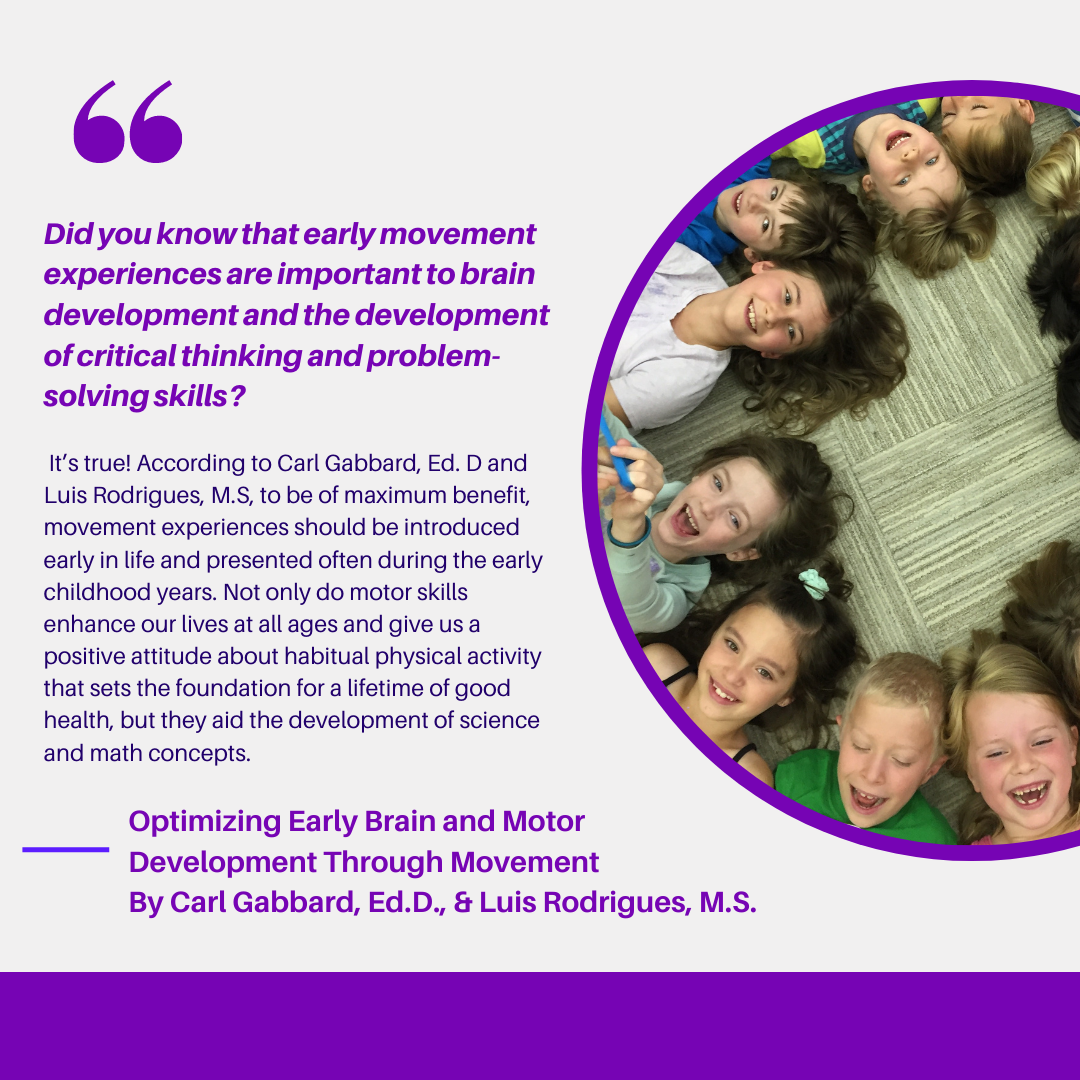
This is something that I’ve been working with for years and after these interviews I was ecstatic that this is being encouraged not just in my line of work but among authors, parents, teachers, psychologists and more. As many of you probably know, this wasn’t always the case. While writing this article I thought back to my own childhood when visualization and more specifically, movement were offered in a highly competitive environment that left less athletic children out in the cold. I even recall deciding to take the optional physical education in grade 11 and felt completely left out as the majority of my class was heavily involved in sports outside of school.
“Mental and physical health are the pillars of children’s health. Combining them together is killing two birds with one stone.” -Melissa Martin, Author of Conversations with Cooper
Utilizing movement in education, ALL EDUCATION not just gym class, is the key to developing a strong and healthy life long relationship with exercise. To further my point, did you know that only 2% of girls ages 12-17 receive the recommended 60 minutes of physical activity daily? AND that if a girl doesn’t participate in sports or activity by age 10 that there is only a 10% chance she’ll be physically active at age 25? These are REAL statistics and they are pretty scary. Below I’ve listed just a few of the benefits that can be seen after introducing visualisation and movement into your child(ren)’s everyday activities.
“If you weren’t an athlete or a dancer, there was no room for you in the movement world… exercise needs to be introduced at a young age in a fun way that doesn’t feel like exercise.” -Elyssa Nicole Trust, Author of Daisy Moves to America
“It (movement) should absolutely be incorporated in schools. Everybody has their bodies, so they can literally do it anywhere.” -Amanda Syryda, Author of Mandi the Clown
“Mental and physical health are the pillars of children’s health. Combining them together is killing two birds with one stone.” -Melissa Martin, Author of Conversations with Cooper
Utilizing movement in education, ALL EDUCATION not just gym class, is the key to developing a strong and healthy life long relationship with exercise. To further my point, did you know that only 2% of girls ages 12-17 receive the recommended 60 minutes of physical activity daily? AND that if a girl doesn’t participate in sports or activity by age 10 that there is only a 10% chance she’ll be physically active at age 25? These are REAL statistics and they are pretty scary. Below I’ve listed just a few of the benefits that can be seen after introducing visualisation and movement into your child(ren)’s everyday activities.
“If you weren’t an athlete or a dancer, there was no room for you in the movement world… exercise needs to be introduced at a young age in a fun way that doesn’t feel like exercise.” -Elyssa Nicole Trust, Author of Daisy Moves to America
- Healthy growth and development
- Better self-esteem
- Stronger bones, muscles and joints
- Better posture and balance
- A stronger heart
- A healthier weight range
- Social interaction with friends
- Learning new skills while having fun
- Better focus and concentration during school
- Relaxation
- Memory improvement
- Changing behavior
- Relieving pain
- Goal setting & achievement
“It (movement) should absolutely be incorporated in schools. Everybody has their bodies, so they can literally do it anywhere.” -Amanda Syryda, Author of Mandi the Clown
On top of the obvious benefits above, there are many educational benefits to incorporating visualization and movement into education. The important thing that I’ve come to realize in my years of teaching yoga to children is that much like adults, children all learn differently. There are a ton of different types of learning styles including but not limited to visual, auditory, verbal and kinesthetic or physical. The crazy part about learning styles is many of them overlap in both children and adults. The more styles you can incorporate into a lesson, the better chance you have of connecting to each and every child and having them actually retain the information you are providing. There is something so liberating about having a child move and explore the information they are receiving with their bodies and senses.
“Anything you are doing, if you learn it in 2 or 3 more ways, you will learn it and retain it better… When they (kids) are young you don’t always know their learning style and so adding movement might get that kid who otherwise wouldn’t be a reader to join in.”
-Victoria Maldonado, Author of Bartleby The Brave
Integrating movement and play-oriented problem solving into your environment and daily curricular activities, provides children the opportunity to explore many critical thinking skills that lay the foundation for understanding math and science concepts. Through simple exploration of movement activities, you can teach children to categorize, compare/contrast, form hypotheses, and much more. As children engage in movement activities and learning opportunities, encourage them to explore, experiment, and learn.
“They (kids) are already going to be wiggle worms. Use it (movement) to your advantage; use what they do naturally to help teach them.” -Rosie Talley, Author of Linus the Troll
I hope this article has provided you with enough information to start making visualization and movement a priority in your child(ren)’s education or in your classroom. Here at Glow Yoga Kids, we strive to make this connection every single day in our classes and online so if you need some help on where to start, feel free to reach out via email or by phone: [email protected] & 780.604.2512.
Don’t forget to enter our packaged book giveaways in March, April, May & June where you will get a chance to WIN all of the books from the authors interviewed for this article. Follow @glowyogakids on both Facebook & Instagram to learn how you can enter the draws.
Lots of love,
Robyn
Director & Owner & Instructor & Author with Glow Yoga Kids
Xoxoxox
For more information on the articles and research listed above, check out these sites below:
Babies and Phoneme
Filtering Women and girls in sport overview
Mindlessness- The Benefits of Using Muscle Memory for Dementia Optimizing Early Brain and Motor Development Through Movement
Author contributions (In alphabetical order) with their advice for children and authors:
“Anything you are doing, if you learn it in 2 or 3 more ways, you will learn it and retain it better… When they (kids) are young you don’t always know their learning style and so adding movement might get that kid who otherwise wouldn’t be a reader to join in.”
-Victoria Maldonado, Author of Bartleby The Brave
Integrating movement and play-oriented problem solving into your environment and daily curricular activities, provides children the opportunity to explore many critical thinking skills that lay the foundation for understanding math and science concepts. Through simple exploration of movement activities, you can teach children to categorize, compare/contrast, form hypotheses, and much more. As children engage in movement activities and learning opportunities, encourage them to explore, experiment, and learn.
“They (kids) are already going to be wiggle worms. Use it (movement) to your advantage; use what they do naturally to help teach them.” -Rosie Talley, Author of Linus the Troll
I hope this article has provided you with enough information to start making visualization and movement a priority in your child(ren)’s education or in your classroom. Here at Glow Yoga Kids, we strive to make this connection every single day in our classes and online so if you need some help on where to start, feel free to reach out via email or by phone: [email protected] & 780.604.2512.
Don’t forget to enter our packaged book giveaways in March, April, May & June where you will get a chance to WIN all of the books from the authors interviewed for this article. Follow @glowyogakids on both Facebook & Instagram to learn how you can enter the draws.
Lots of love,
Robyn
Director & Owner & Instructor & Author with Glow Yoga Kids
Xoxoxox
For more information on the articles and research listed above, check out these sites below:
Babies and Phoneme
Filtering Women and girls in sport overview
Mindlessness- The Benefits of Using Muscle Memory for Dementia Optimizing Early Brain and Motor Development Through Movement
Author contributions (In alphabetical order) with their advice for children and authors:

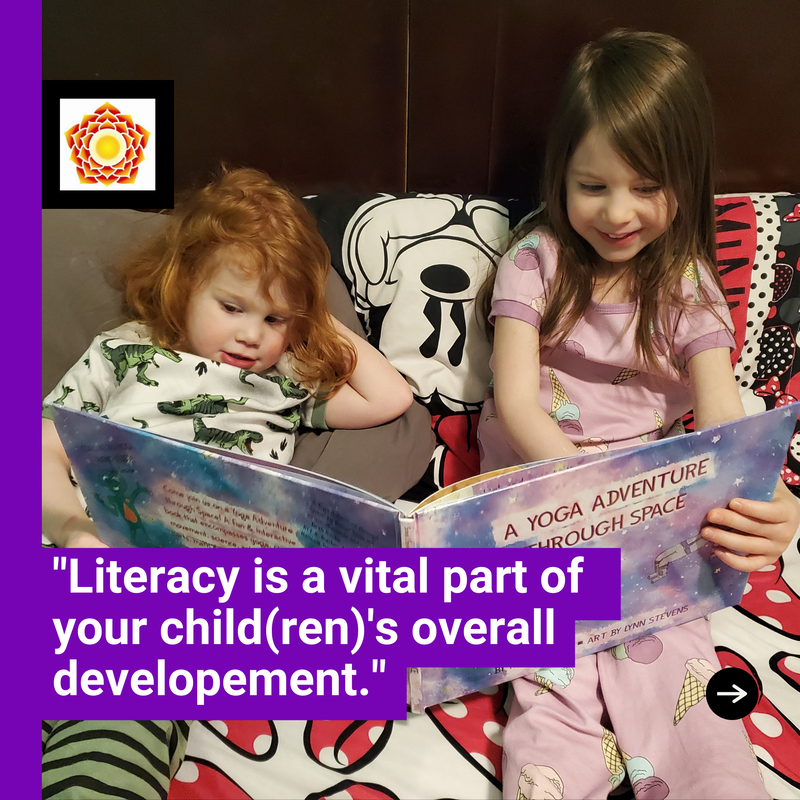
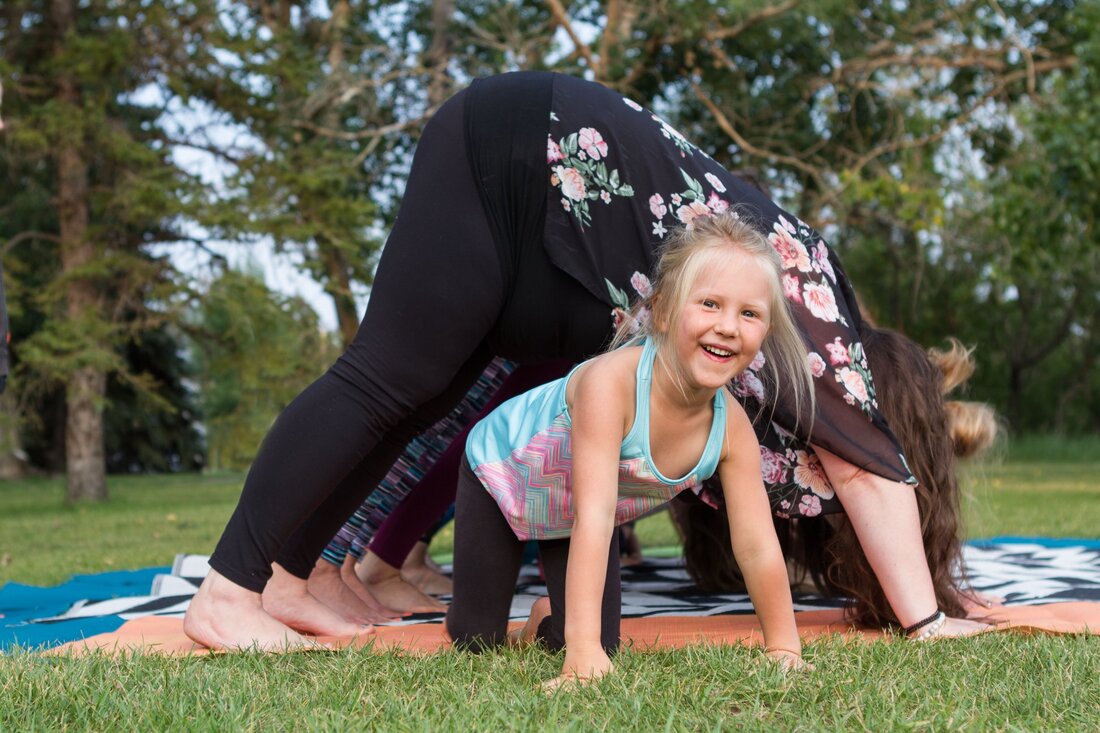
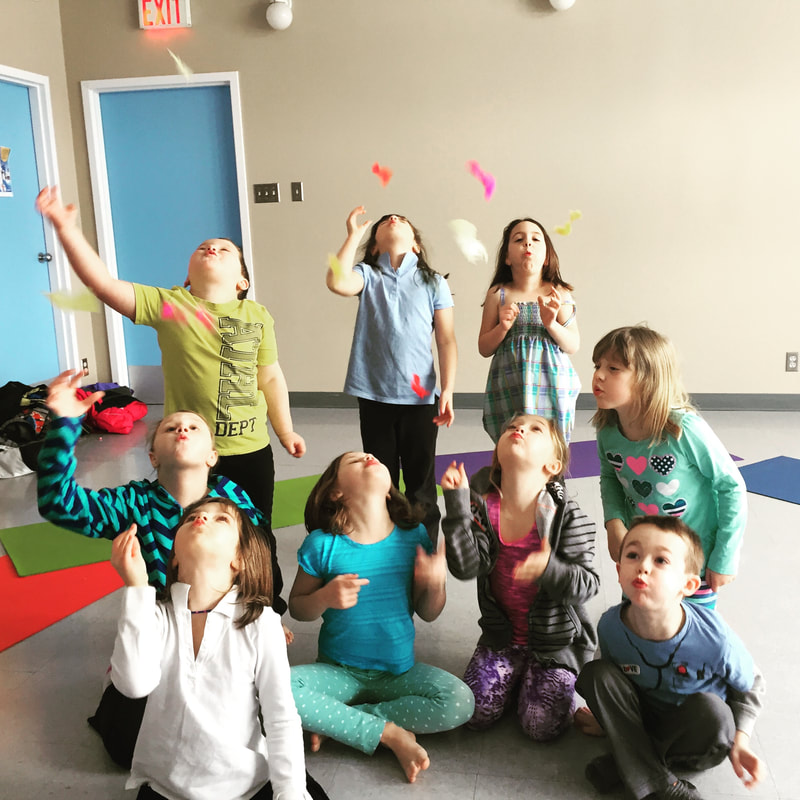
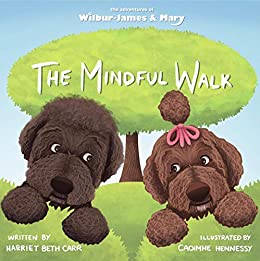
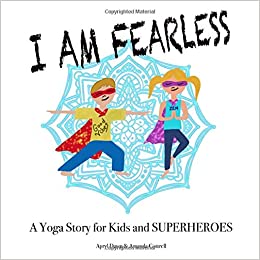
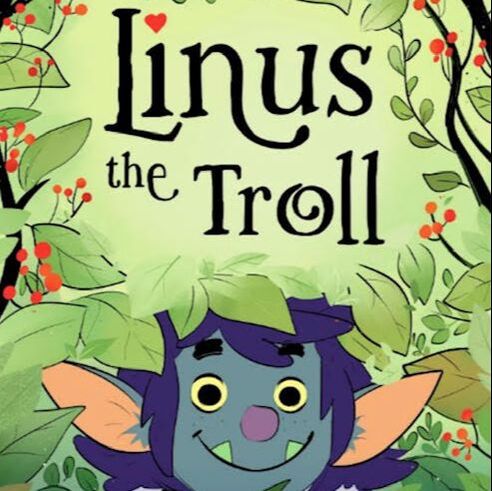
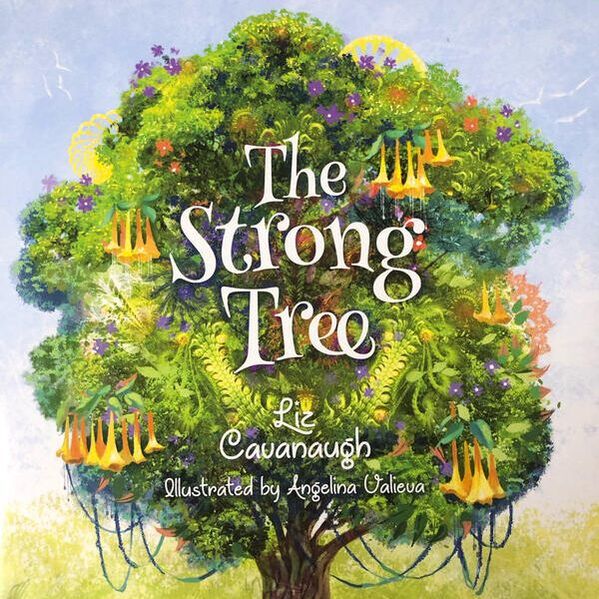
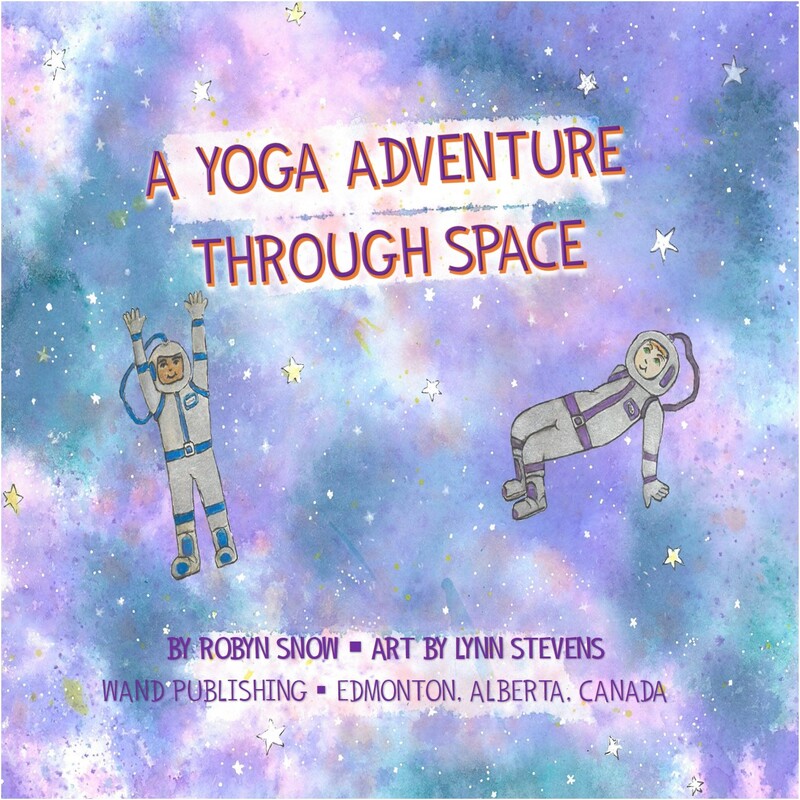
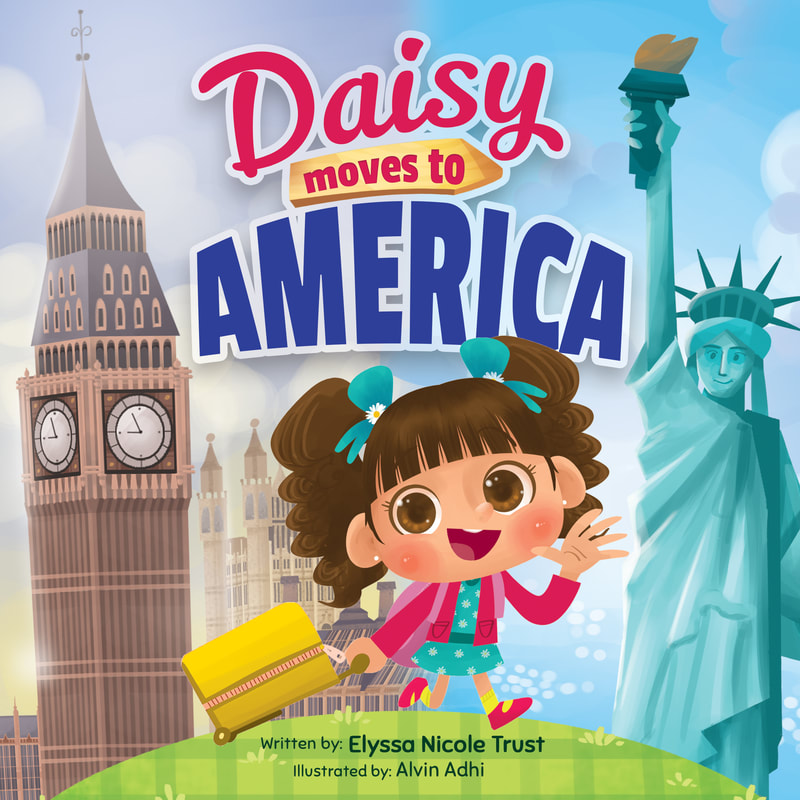
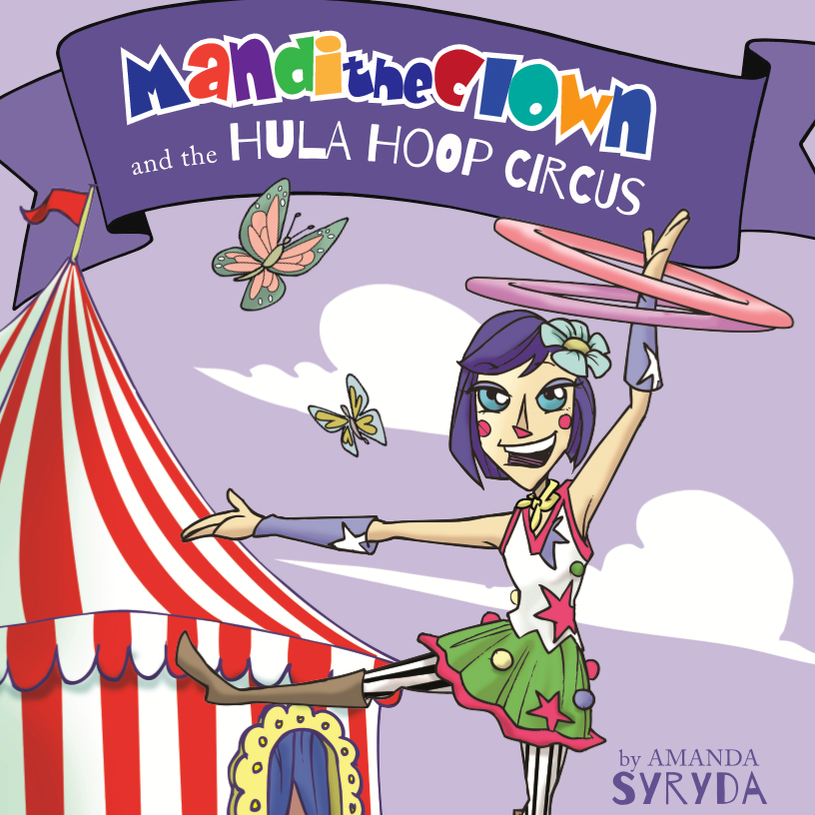
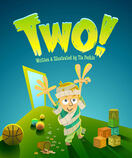
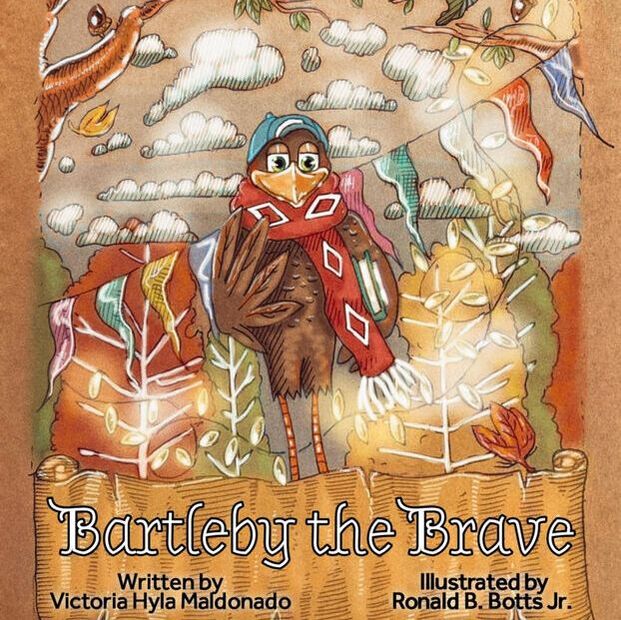
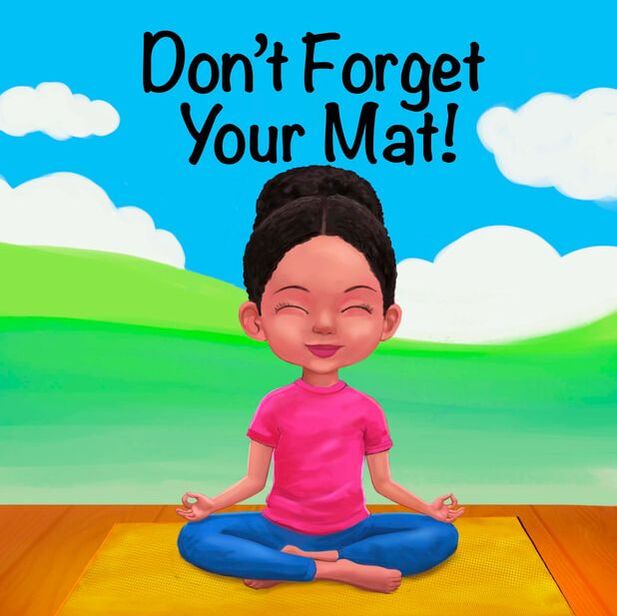
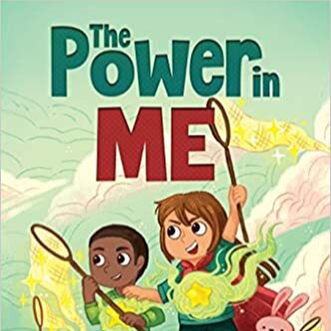
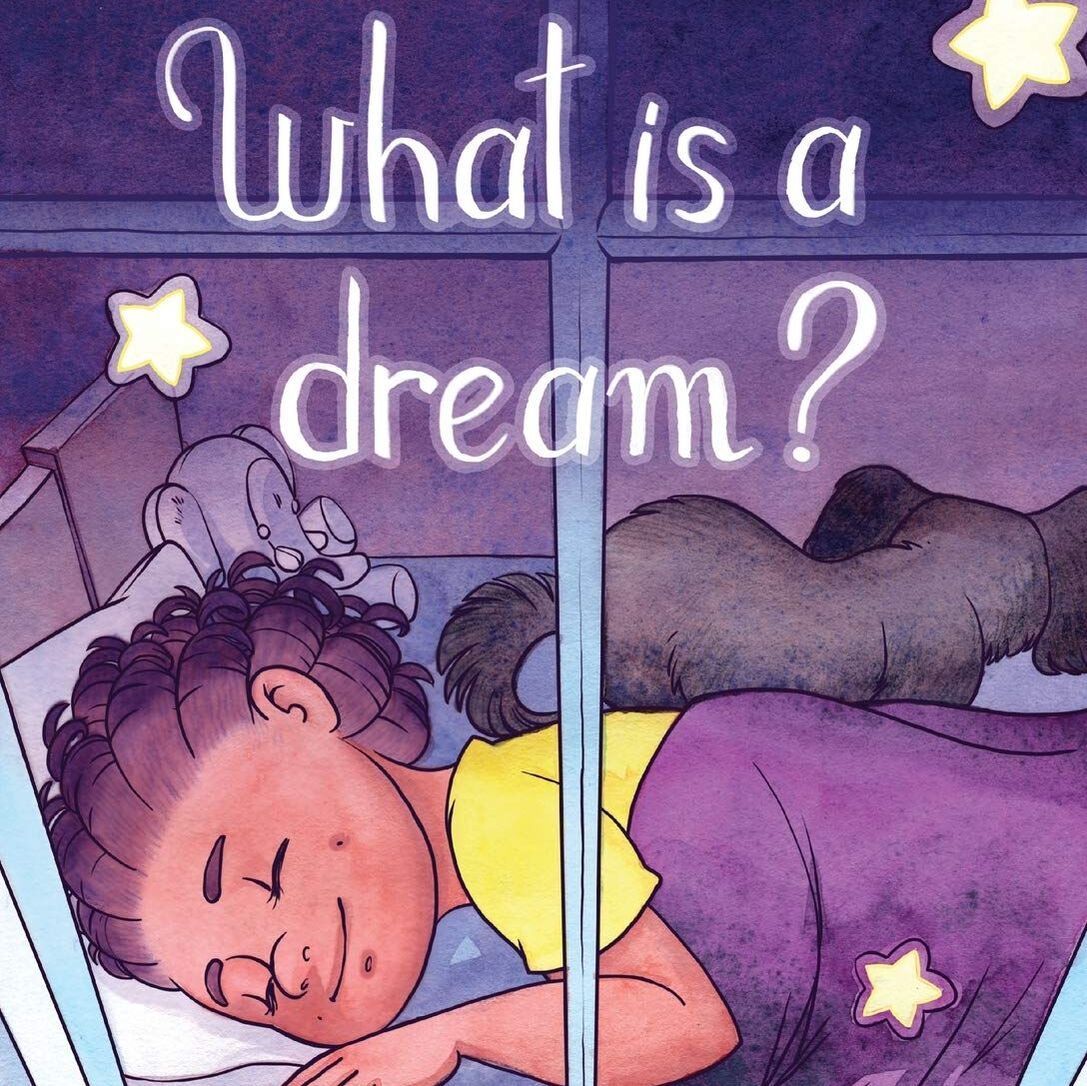
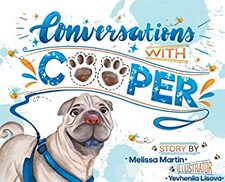
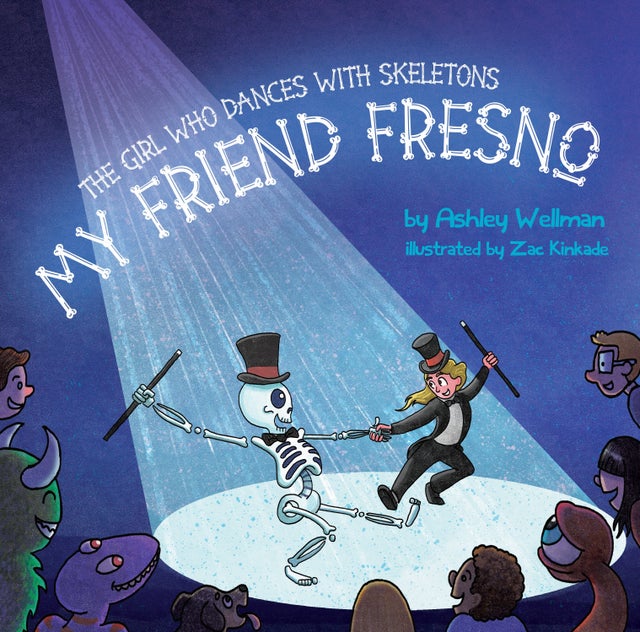
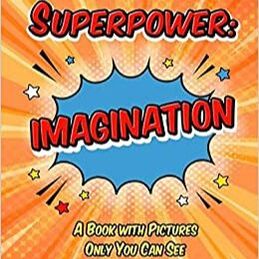
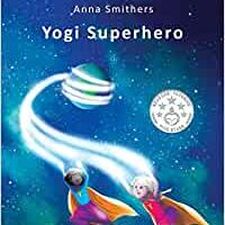
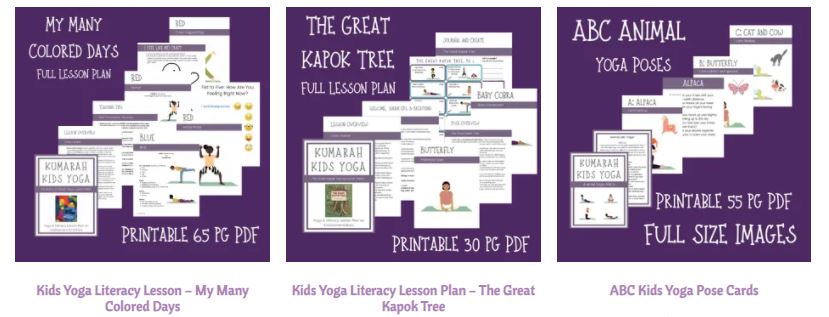
 RSS Feed
RSS Feed
